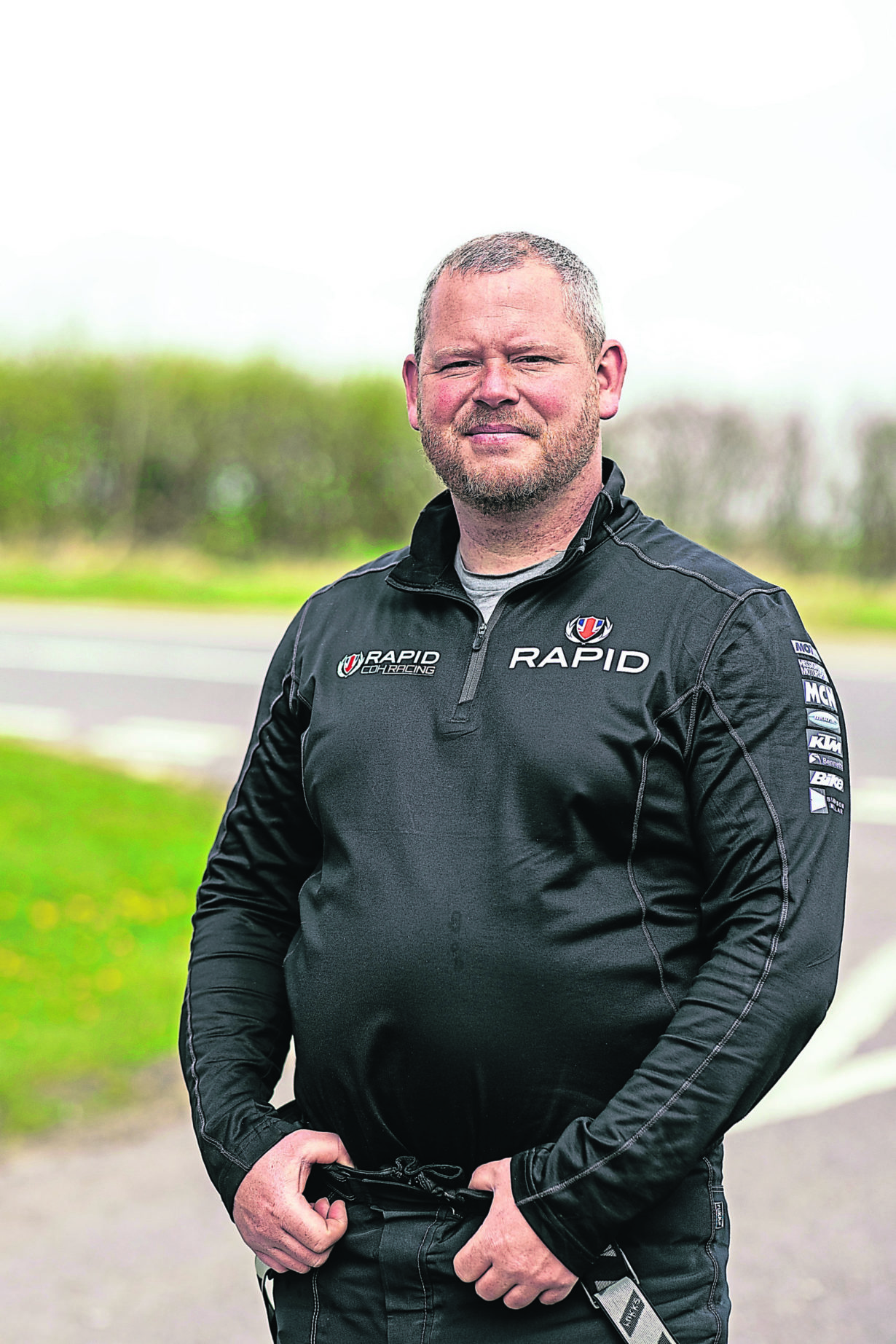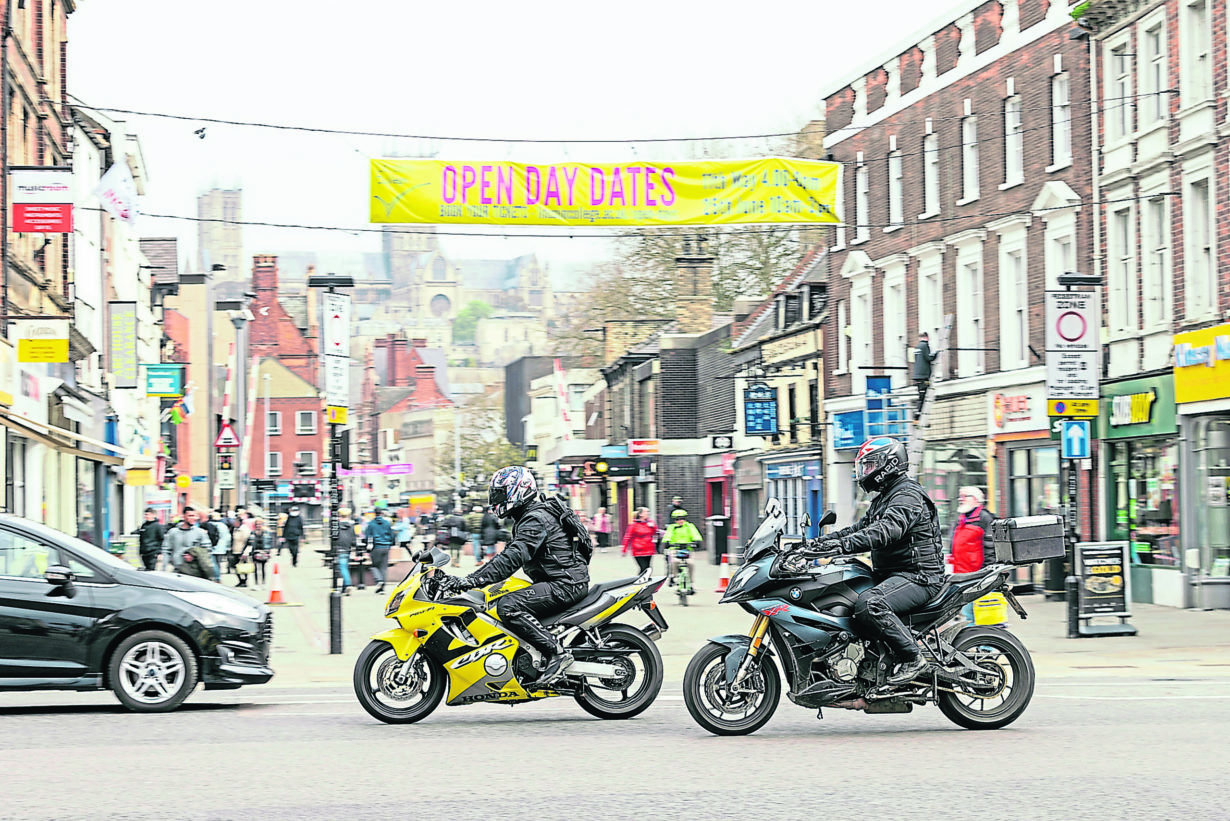Pottering through towns and cities is often considered easier and safer than riding on faster roads, but that’s not necessarily the case…

The Expert: Ryan Decarteret
Ryan is a passionate motorcyclist, Rapid National Operations Manager and Coach with a background in surveillance and covert police riding, with around one million miles of riding experience (and he says he’s still learning).
Bad news first: Urban riding is not as easy and safe as you may have thought. But don’t despair, we had a chat with Ryan Decarteret, National Operations Manager and Coach at Rapid rider training, to get the lowdown on what to look out for in the city…
MB: Why does urban riding need special consideration?
Ryan: Urban areas present a huge number of hazards in a small area, which is, of course, why the speed limit is reduced, and this creates a false sense of security. After thumping through the A and B roads of the countryside it’s very easy to feel safe and in control at 30mph and below, but the reality is that so much can happen.
Generally speaking, you’re unlikely to experience anything near as catastrophic as having an issue at the national limit, but there is a higher likelihood of something happening.
Also, a cracking national road into an urban limit will have a high likelihood of static or mobile speed traps.

MB: What are the key considerations in urban riding?
Ryan: It starts with a change of mindset when entering urban areas from highways, and the need to adjust what hazards we’re looking for, and where we look for them.
Reading the road and planning your ride happen in the same way as on faster roads, but there’s so much more detail to be picked up in the near distance: pedestrians and their age (children being a less predictable hazard); dogs (are they on a lead and under control?); side streets; delivery vans and workers. Is it pub closing time or rush hour with everyone fighting to get to work/home on time? Lights are constantly changing, and the road surface has more going on than a multi-topping pizza, especially in the wet.
MB: So, what do you do?
Ryan: Urban riding is more planning than action. If a rider positions for every conceivable hazard, then the bike will be all over the road, looking to the untrained like they are just swerving for the sake of it, or to show off. Instead, the rider needs to note all the dangers and prioritise them. A van reversing from a parking space will be a higher priority than the junction you can see into, for example.
Tiny adjustments in speed are required for a quality ride in an urban area and contrary to popular belief (or certainly some clients I’m coming across lately) this is not the time for cruise control.
MB: And how does that work in practice?
Ryan: All things considered, position between the centre lane markings and the centre of your lane. This allows the rider to see over and around the vehicle ahead, whilst being in a position to be seen by other road users. Don’t close the gap on the vehicle ahead, especially a high-sider, like a van. Just like on the open road, leave yourself some time!
Remember that a speed limit is just that, a limit, not a target. It’s a classic line, but one that rings true in a busy area. Your speed will often be dictated by the traffic ahead, but keep it appropriate to the hazards and conditions you are up against.
Select a flexible gear with enough go to get you out of trouble, but enough slow (engine braking) to be usable.
We’re fortunate in the UK that filtering is legal in most circumstances and is often expected by the queuing vehicles. However, there is a very fine line between filtering and dangerous riding. If you’re trying to force yourself through a gap that’s closing/isn’t really there, then you’re on your way to being closer to the dangerous side of things. Just because something is legal, that doesn’t make it wise. Be smooth, stay calm, plan ahead and work the traffic when there’s an advantage, and show some patience and restraint when it’s not possible to push on.
Rapid Training
Founded in 1997 by a group of ex-racers and current police riders, Rapid set out to deliver a fresh approach to rider development with its own, relaxed, no-nonsense approach to coaching. No formality, no student bibs, just passionate riders being coached by the most highly qualified professionals in the business – and having fun. The company claims to offer the most comprehensive and advanced rider coaching available in the UK. www.rapidtraining.co.uk
#motorcycletraining #rapidtraining #ridingtips #morebikesyoulike #motorcycles #readersrides #motorcycle #ukbikers #bikelife #bikers #motorcyclists #morebikes #morenews #motorcyclenews #motorcyclegear


